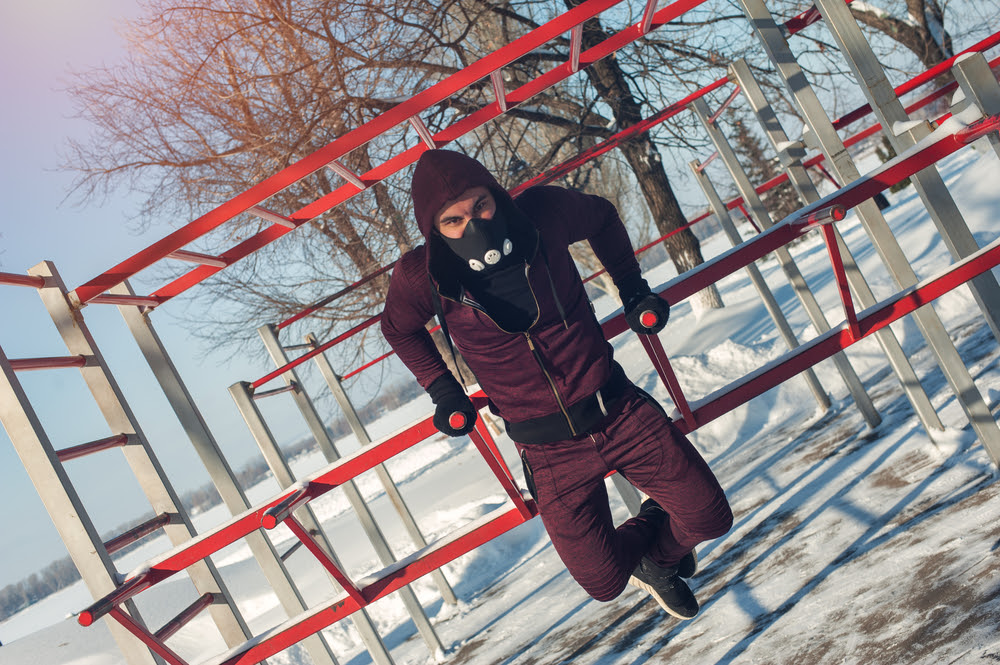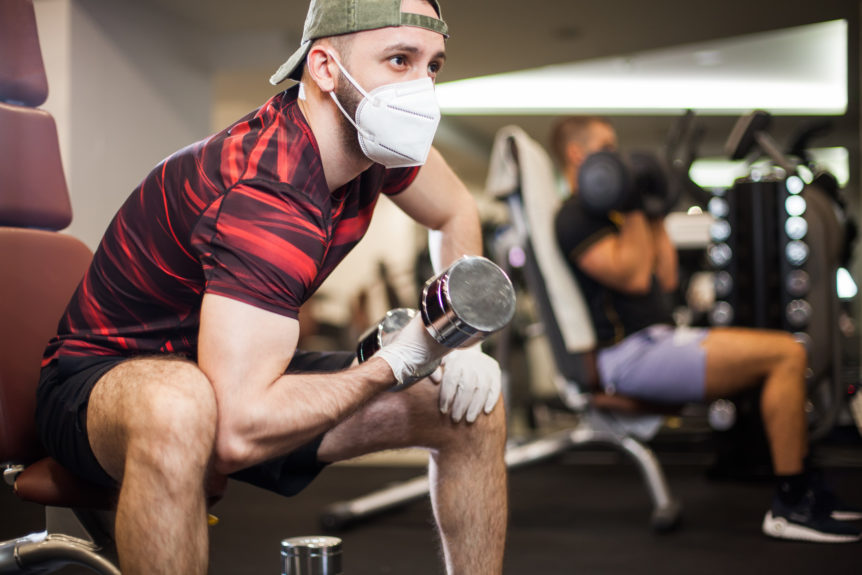Daniel asks:
“Some gyms require masks over both nose and mouth while working out. What are the implications of this and how can we mitigate any problems from it?”
Well, on masks in general I gave my opinions in a podcast a few weeks back. You can listen to that here, so I won’t be re-hashing whether masks work or not as I cover there.
Think of this as an intervention. By that, I mean that you’re intervening in a way to achieve some effect. Interventions carry some risks and some benefits. People are different, so to some, the risks may be too much especially as compared to the
benefit.
These ideas apply to any and every medical intervention. So they apply to masks too.
I’ve seen people talking about how the masks can impair breathing, which affects some people especially such as those with asthma.
Personally, when I put on a mask to go in a store, I feel like my breathing is impaired too. But it is quite manageable for me.
(It ought to be with my years of breathing practice!)
After seeing someone talk about it, I bought a pulse oximeter to see if a mask changed my oxygen saturation. Even after twenty minutes, there was no difference for me. That was the longest I have had a mask on thankfully. Felt very awkward wearing a mask in my home to run that experiment.
But that’s me…
I have also seen reports of people fainting or even dropping dead while exercising with masks on.
People that have jumped full force on the mask bandwagon then talk about all the surgeons that faint while doing surgery mockingly. Well, actually yes, apparently that does occur sometimes.
In general, I wouldn’t advocate for exercising with a mask on…unless you were aiming to challenge your breathing more so.
Compared this to people that purposefully are trying to mimic the benefits of high-altitude training by wearing a mask.

Rather than a mask…you could simply breathe through your nose. Doing exclusive nose breathing while exercise such as running, squatting, kettlebell swings, kettlebell juggling, etc. is something I’ve been practicing more lately.
As nose breathing is better in general than mouth breathing, for a wide range of reasons, striving to do it even while exercising is a way to train your breathability better.
But you have to build up to it.
Practicing various breathing exercises, such as box breathing or the various other methods in Outside the Box Breathing, will enhance your breathing capacity in order to better be able to handle impaired breathing of any sort.
So back to gym requirements:
- If you are “in-shape” then you can look at the mask requirement as an added challenge.
- If you are not “in-shape” then be careful about it. Scale back your activity at the very least as you become used to it.

